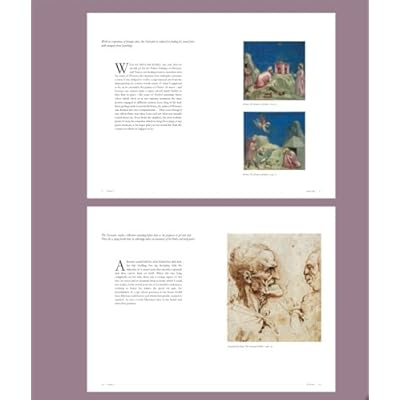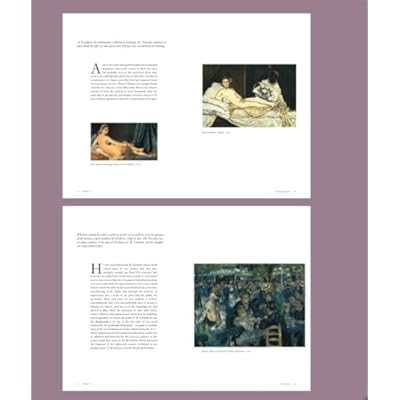Like the labyrinthine galleries of the Louvre frequented by the young Marcel Proust and his friends, In Search of Lost Time (A la recherche du temps perdu) houses a vast repository of paintings (Karpeles 10).
Thanks to art, instead of seeing one world only, our own, we see that world multiply itself and we have at our disposal as may worlds as there are original artists… (Proust Time Regained).
I received Eric Karpeles’s gorgeous book Paintings in Proust yesterday afternoon, and I spent far more time than I probably should have looking through it. The premise of the book: Again and again throughout A la recherche du temps perdu, Marcel (the narrator) and other characters reference painters or paintings that are central to understanding Proust’s epic similes as well as Swann’s continual comparisons between people he meets and the paintings that each one of them conjures up in his mind. To facilitate a richer reading of Proust’s mammoth novel, Karpeles has published 206 illustrations — some specifically mentioned (like Giotto’s Charity [1304-6]) and others merely representative of artists whom Marcel references — on glossy paper, and he has also written a great introduction explaining the project and tracing the importance of painting to Proust’s own theorizations of art. So great is the importance of these artworks, Karpeles argues, that “characters and pictures seem to melt into each other” (22). In addition, paintings operate as ideational vehicles for the novel, elements in its crucible that serve as catalysts for the emergence of thought or the transition between long (long!) sections.
As you can see, the layout is beautiful. The book contains 206 illustrations, but in addition to the beautiful reproductions Karpeles reproduces the passages from A la recherche that allude to that illustration and also contextualizes the passage in the italic sentences hanging above Proust’s sentences. Besides a concordance or the great cross-referencing material at the back of Modern Library’s edition of Time Regained (Le temps retrouve), I cannot imagine a better reference guide to the incredibly important and moving narration of dear Marcel.
This sort of scholarship thrills me, not only because it is visually exciting but because it really calls us to think through the relationship between text and image: not only in Proust, not only in modernist projects (like those of Gide, Joyce, Woolf, Mann, Eliot, Pound, etc.), but also in contemporary thought. W.J.T. Mitchell’s wonderful book Picture Theory (1994), for instance, claims that image and text often become so inseparable that one might want to begin dealing with imagetexts instead of one or the other (or both). What are the resonances between painting and poetry (two artistic mediums that Lessing tried to keep separate in Laocoon)? How might they speak to one another, for one another? What work do Proust’s allusions perform, enact, and sustain? For the first time, in Karpeles’s book, readers can begin answering these questions in new ways, in a new workshop of thought and art. What happens when one sees Proust and reads Proust simultaneously?
One must read on . . .




 字體:
字體:









